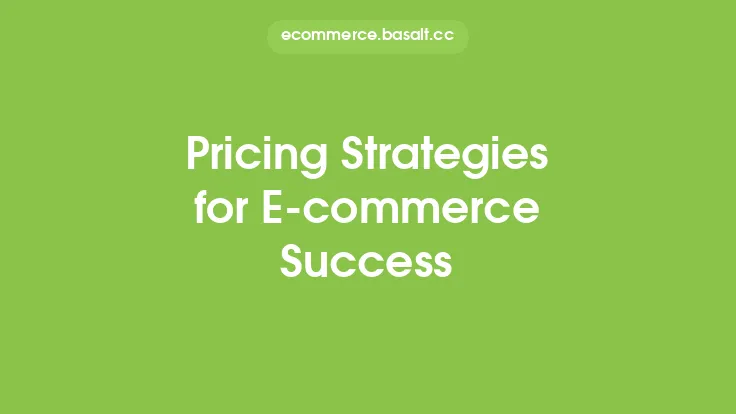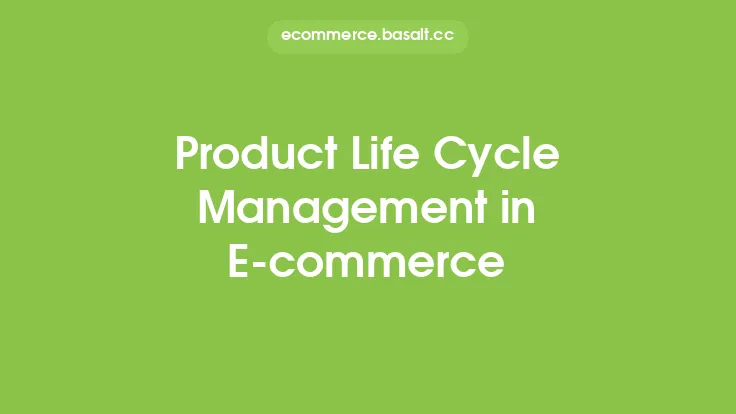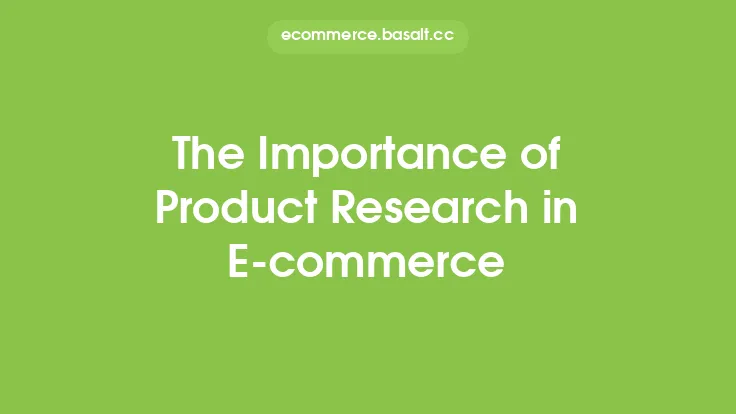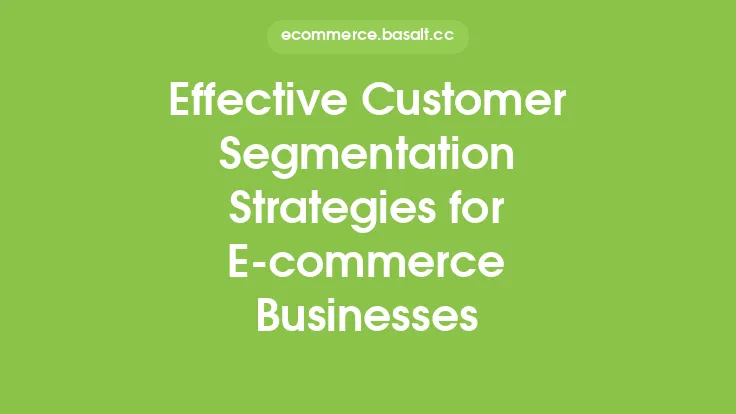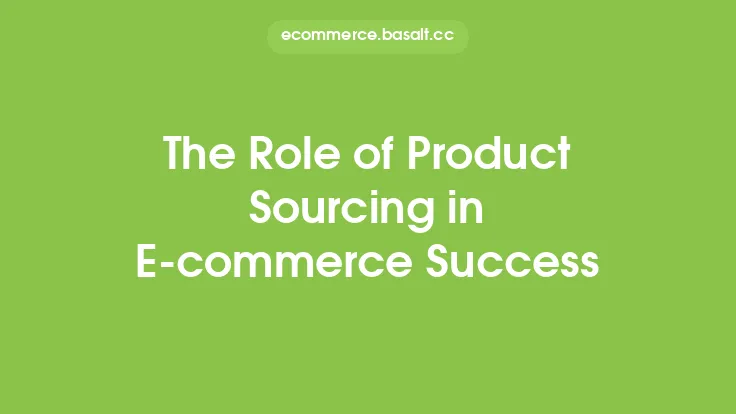In the world of e-commerce, pricing is a crucial aspect of product management that can significantly impact sales, revenue, and profitability. A well-crafted pricing strategy can help online stores stay competitive, attract and retain customers, and ultimately drive business growth. In this article, we will delve into the world of effective product pricing strategies in e-commerce, exploring the key concepts, techniques, and best practices that can help online retailers succeed.
Understanding Pricing Objectives
Before developing a pricing strategy, it's essential to understand the pricing objectives of an e-commerce business. Pricing objectives refer to the specific goals that a company wants to achieve through its pricing strategy. Common pricing objectives include profit maximization, revenue growth, market share expansion, and customer acquisition. By identifying the primary pricing objective, online retailers can create a pricing strategy that aligns with their overall business goals.
Types of Pricing Strategies
There are several types of pricing strategies that e-commerce businesses can employ, each with its own strengths and weaknesses. Some of the most common pricing strategies include:
- Penetration pricing: This involves setting a low initial price to attract customers and gain market share.
- Skim pricing: This involves setting a high initial price to maximize profits and then gradually reducing the price as the market becomes more competitive.
- Bundle pricing: This involves offering multiple products or services at a discounted price to increase average order value and enhance customer satisfaction.
- Dynamic pricing: This involves adjusting prices in real-time based on demand, competition, and other market factors.
- Value-based pricing: This involves setting prices based on the perceived value of a product or service to customers.
Pricing Techniques
In addition to pricing strategies, there are several pricing techniques that e-commerce businesses can use to optimize their prices. Some of the most effective pricing techniques include:
- Price anchoring: This involves setting a higher "anchor" price to make subsequent prices appear more reasonable by comparison.
- Price bundling: This involves offering multiple products or services at a discounted price to increase average order value and enhance customer satisfaction.
- Price tiering: This involves offering different versions of a product or service at varying price points to cater to different customer segments.
- Psychological pricing: This involves using pricing tactics such as charm pricing (e.g., $9.99 instead of $10.00) to influence customer perceptions and behavior.
Competitor-Based Pricing
Competitor-based pricing involves setting prices based on the prices of similar products or services offered by competitors. This approach can help e-commerce businesses stay competitive and attract price-sensitive customers. However, it's essential to consider factors such as product differentiation, brand reputation, and target audience when using competitor-based pricing.
Data-Driven Pricing
Data-driven pricing involves using data and analytics to inform pricing decisions. This can include analyzing customer behavior, market trends, and competitor pricing to identify opportunities to optimize prices. Some of the key data points to consider when using data-driven pricing include:
- Customer willingness to pay: This refers to the maximum price that customers are willing to pay for a product or service.
- Price elasticity: This refers to the responsiveness of demand to changes in price.
- Competitor pricing: This refers to the prices of similar products or services offered by competitors.
Pricing and Revenue Management
Pricing and revenue management are closely intertwined in e-commerce. By optimizing prices, online retailers can increase revenue and profitability. Some of the key strategies for pricing and revenue management include:
- Revenue management: This involves using data and analytics to optimize prices and maximize revenue.
- Yield management: This involves using data and analytics to optimize prices and maximize revenue in industries with perishable inventory (e.g., hospitality, airlines).
- Price optimization: This involves using data and analytics to identify the optimal price for a product or service.
Best Practices for Product Pricing
Finally, there are several best practices that e-commerce businesses can follow to optimize their product pricing strategies. Some of the key best practices include:
- Conducting market research: This involves gathering data and insights on customer behavior, market trends, and competitor pricing to inform pricing decisions.
- Testing and experimentation: This involves testing different pricing strategies and tactics to identify what works best for a particular product or service.
- Monitoring and adjusting: This involves continuously monitoring pricing performance and adjusting prices as needed to stay competitive and optimize revenue.
- Transparency and communication: This involves being transparent about pricing and communicating clearly with customers about pricing changes and promotions.

